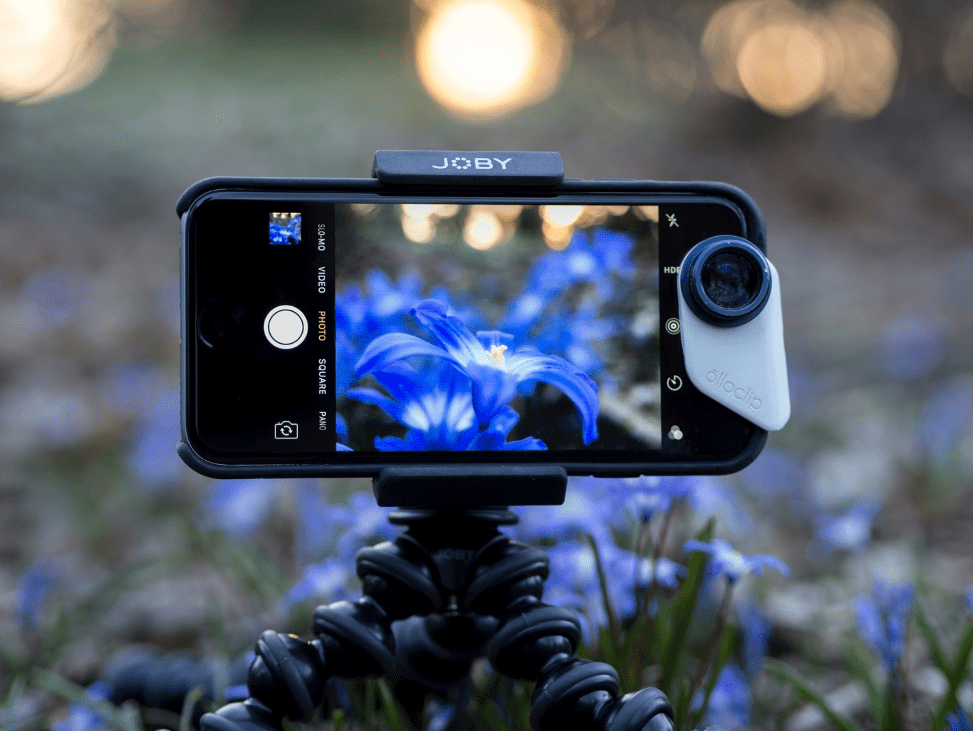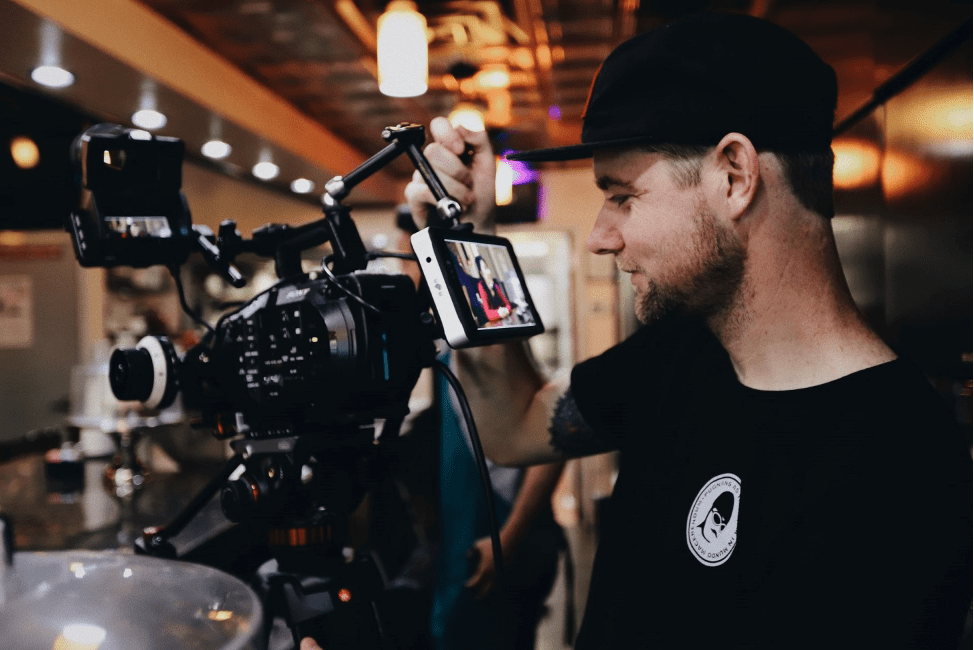When the iPhone Film Festival was launched back in 2010, the organizing team received a little over 100 submissions, only from the US. Fast-forward a decade, the festival receives over 2,000 submissions each year from over 90 countries. This is how much mobile filmmaking has boomed over the last couple of years – and it’s only getting more popular as time progresses. We’ve seen A-list stars in mobile-made films already including Kristen Stewart and Sir Ian McKellen. Popular directors including Paolo Sorrentino and Steven Soderbergh have expressed an interest in the art form, too.

Unsplash | Who says you need hi-tech expensive gear to capture beauty?
Founding the iPhone Film Festival
Ruben Kazantsev, the co-founder of the iPhone Film Festival, comments on his time in the industry, stating that when started his journey, you had to make a hefty investment into gear and other equipment just to have a shot at something great. He used a VHS camera back in the 80s to shoot his first film. Now, almost everyone owns a smartphone with amazing specifications. Many talented people don’t have the same equipment or resources but, with a smartphone or any other gadget with a camera, they can share their art with the world.

Unsplash | You don’t need to spend millions on gadgets to pursue your passion
Here are some of Ruben’s tips to ensure cinematic success:
1. Planning is Essential
Filmmaking works like most things in life. The more you plan and prepare, the more likely it’ll be to have a better outcome. While working on a project, your mobile is nothing less than an expensive studio camera. This means you should work on developing a script, design a storyboard, and unleash your creativity with the tools you have at hand.
2. Challenge the Status Quo
Making films in the traditional way or by the textbooks won’t get you too far. Always aim to push the envelope with whatever project you’re working on. A great example is Departure, a short film partially directed by Ruben and the winner of a previous iPhone Film Festival. The film was also selected for the Cannes Film Festival. Shot on an iPhone 4s, the film enlisted the help of three directors in three different countries. Remember that creativity has no limits.
3. Share Your Work
In this day and age, you have countless options to share your work with the world – YouTube, Instagram, and Vimeo are only a few options. Some editing apps even let you upload your masterpiece directly. You can also look out for film festivals to showcase your art on a much bigger platform – who knows, you might even win an award or two.

Unsplash | YouTube is the biggest video-sharing platform out there – take maximum use out of it
The point of creating is to have others appreciate your talent. If you can create something beautiful from a simple phone camera, your talent must be acknowledged and recognized.




